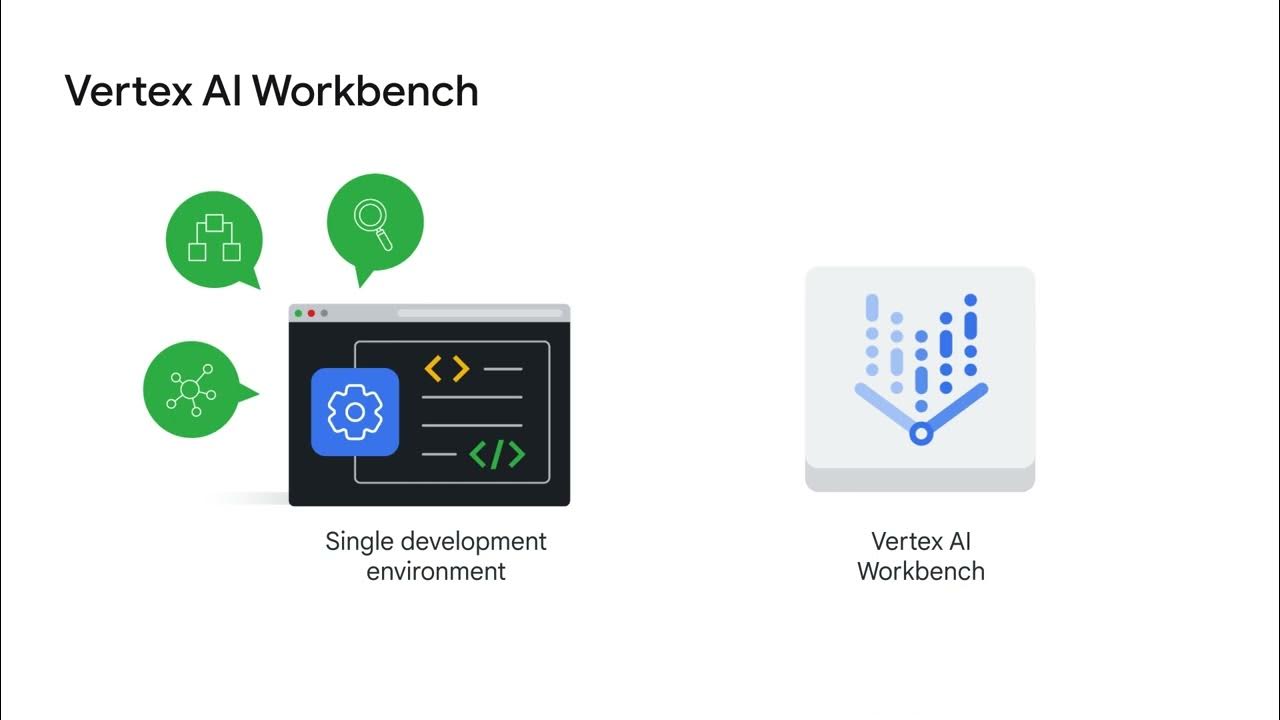Pytorch vs TensorFlow vs Keras | Which is Better | Deep Learning Frameworks Comparison | Simplilearn
Summary
TLDRThis video offers a comprehensive comparison between TensorFlow, Keras, and PyTorch, three prominent machine learning frameworks. It begins with an introduction to each platform, highlighting TensorFlow's low-level capabilities and Keras' high-level API simplicity. The script delves into differences in API levels, speed, architecture, data handling, and ease of development and deployment. The conclusion suggests TensorFlow as the preferred choice for production due to its flexibility and deployment features, while Keras is recommended for beginners and PyTorch for research and smaller models.
Takeaways
- 📚 TensorFlow is a low-level, free and open-source software library by Google, designed for machine learning and deep neural networks.
- 🌐 Keras is a high-level deep learning API that provides a user-friendly interface for TensorFlow, enabling fast experimentation with neural networks.
- 🔧 PyTorch is a low-level API developed by Facebook, known for its flexibility and powerful capabilities in natural language processing and computer vision.
- 🔑 APIs can be categorized as low-level, offering detailed control, and high-level, offering simplicity and more functionality with less code.
- ⚡ TensorFlow is known for its high performance speed, while Keras is slower due to its abstraction layer on top of TensorFlow.
- 🛠️ TensorFlow's complex architecture can be challenging, whereas Keras offers a simpler, more approachable structure for beginners.
- 🔍 PyTorch, while powerful, has a steeper learning curve compared to Keras but is easier to debug and work with for complex tasks.
- 📈 TensorFlow excels in handling large datasets and offers robust deployment options like TensorFlow Serving for production environments.
- 🚀 Keras is ideal for small datasets and rapid development, providing a high level of abstraction that simplifies model implementation.
- 🛡️ PyTorch Mobile facilitates easy deployment on mobile devices, supporting an end-to-end workflow within the PyTorch ecosystem.
- 🏆 The recommendation leans towards TensorFlow for its wide usage in production and flexibility, despite PyTorch's advantages in research and development.
Q & A
What is TensorFlow?
-TensorFlow is a low-level software library created by Google for implementing machine learning models and solving complex numerical problems. It is a free, open-source software library primarily focused on training and inference of deep neural networks and is based on data flow and differential programming.
What are the key features of TensorFlow's architecture?
-TensorFlow's architecture is based on a computational graph where variables are called tensors and mathematical operations are called operators. It is complex and hard to interpret but offers amazing computational ability across platforms.
What is Keras and how does it relate to TensorFlow?
-Keras is a high-level deep learning API written in Python for easy implementation and computation of neural networks. It acts as an interface for the TensorFlow library, providing a user-friendly, modular, and extensible approach to solving machine learning problems with high iteration velocity.
How does Keras simplify the use of TensorFlow?
-Keras provides essential abstractions and building blocks for developing and shipping machine learning solutions, reducing the need to work with low-level operations such as tensor products and convolution. It is designed to enable fast experimentation with deep neural networks.
What is PyTorch and who developed it?
-PyTorch is a low-level API developed by Facebook for natural language processing and computer vision. It is an open-source machine learning library based on the Torch library and emphasizes flexibility, allowing deep learning models to be expressed in basic Python.
How does PyTorch differ from TensorFlow in terms of ease of use?
-PyTorch is easier than TensorFlow for beginners but still comparatively hard. It is not very easy to learn for those new to machine learning but is significantly more powerful than just plain Keras.
What is the main difference between a low-level API and a high-level API?
-A low-level API is more detailed, allowing for more control and manipulation of functions, while a high-level API is more generic and simple, providing more functionality with fewer commands. High-level APIs are generally easier to learn and implement models with.
Which framework is suggested for use in the script and why?
-The script suggests using TensorFlow due to its wide use in day-to-day production, extensions for deployment on servers and mobile devices, and the lack of Python overhead. It is preferred for companies working with deep learning models.
How does TensorFlow facilitate model deployment?
-TensorFlow facilitates model deployment through TensorFlow Serving, a flexible, high-performance serving system for machine learning models designed for production environments. It allows for easy deployment of new algorithms and experiments while maintaining the same server architecture and APIs.
What is the role of tensors in TensorFlow?
-In TensorFlow, tensors are multi-dimensional arrays with a uniform type. They are immutable, meaning their contents cannot be updated but rather a new tensor must be created. Tensors represent the variables in the computational graph.
How does PyTorch Mobile simplify the deployment process for mobile devices?
-PyTorch Mobile allows a seamless process from training to deployment by staying entirely within the PyTorch ecosystem. It provides an end-to-end workflow that simplifies the research to production environment for mobile devices and supports privacy-preserving features via federated learning techniques.
Outlines

此内容仅限付费用户访问。 请升级后访问。
立即升级Mindmap

此内容仅限付费用户访问。 请升级后访问。
立即升级Keywords

此内容仅限付费用户访问。 请升级后访问。
立即升级Highlights

此内容仅限付费用户访问。 请升级后访问。
立即升级Transcripts

此内容仅限付费用户访问。 请升级后访问。
立即升级浏览更多相关视频

Tutorial Klasifikasi Teks dengan Long Short-term Memory (LSTM): Studi Kasus Teks Review E-Commerce

Complete Road Map To Prepare For Deep Learning🔥🔥🔥🔥

All Python Libraries You Need For Machine Learning And Data Science

How I’d learn ML in 2024 (if I could start over)

How I'd Learn AI in 2024(If I could start over)

Custom training
5.0 / 5 (0 votes)
